How Agricultural Insulation Improves Livestock Comfort and Energy Use
If barns turn into iceboxes in winter and baking ovens in summer, livestock suffer—and energy costs soar. It’s frustrating trying to maintain a forgiving environment for animals without breaking the bank on utilities or worrying about animal welfare.
Insulating agricultural buildings can change all that. It stabilizes temperature and humidity, improves animal well‑being, and slashes energy waste while keeping operations more predictable and comfortable.
How Insulation Stabilizes Barn Climate
Start here: steady barn temperatures and humidity make a big difference. Animals survive weather swings; insulation helps them thrive regardless of season.
Maintaining Consistent Air Temperature
Insulation blocks heat transfer from the outside, keeping barns within vet‑recommended temperature ranges. Cold snaps or mid‑summer heat waves impact animals less when insulation reduces thermal swings.
Reducing Humidity Fluctuations
Insulation slows the flow of moisture-laden air and limits condensation on walls or ceilings. Moisture control prevents damp surfaces that encourage mold or respiratory issues.
Fun fact: Farm insulation can reduce barn relative humidity by 15–20% during peak winter months.
Why Livestock Feel Better—and Perform Better
When barns hold temperature and humidity steady, animal performance improves. Less stress equals better health, growth, and output.
Reducing Stress and Improving Health
Extreme heat or cold stresses livestock. Insulated buildings maintain internal conditions that support normal metabolism and immunity, reducing illness rates.
Enhancing Feed Efficiency and Growth
When animals don’t burn calories regulating body temperature, more feed converts into weight or product. Consistent thermal zones support steady growth and production targets.
Fun fact: Research shows that properly insulated barns can yield up to 10% higher daily weight gain in poultry.
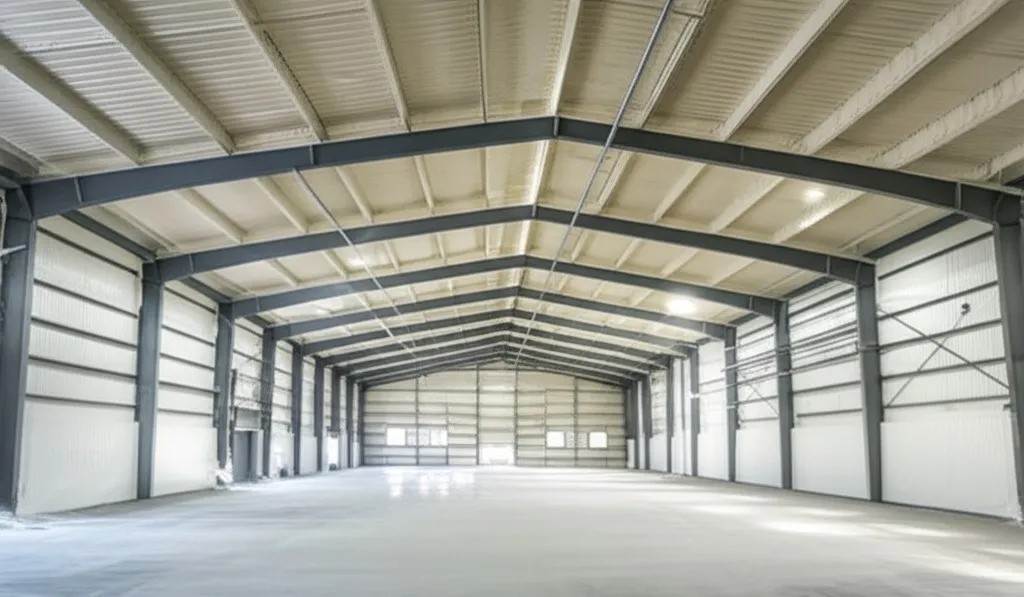
Insulation Types and Energy Efficiency in Farm Settings
Farm buildings face unique challenges—humidity, temperature swings, and animal-generated moisture. Choosing the right insulation isn’t just about heat retention. It’s about managing airflow, controlling dampness, and reducing long-term energy costs. Below is a breakdown of common materials used in agricultural settings.
Rigid Foam Board
- High R‑value per inch, ideal for maintaining stable interior temperatures
- Strong moisture resistance, good for areas prone to condensation
- Requires proper joint sealing to avoid air infiltration or leaks
Spray Foam (Open Cell or Closed Cell)
- Expands to fill cavities and block air leaks
- Closed-cell resists water, adding structural rigidity
- Open-cell permits vapor diffusion and offers sound absorption
- Both types create tight thermal envelopes essential for barns and livestock
Fiberglass or Blown-In Fill
- Lower upfront cost, commonly used in older buildings
- Limited sealing performance, especially in damp environments
- Absorbs moisture, which can lead to settling and reduced effectiveness
- Needs routine inspection or topping up to maintain insulation value
Comparison Table: Insulation Options for Barns
| Type | R‑Value per Inch | Air Sealing | Moisture Resistance | Best Application Zones |
|---|---|---|---|---|
| Rigid Foam Board | High | Moderate | High | Walls and ceilings |
| Closed‑Cell Spray Foam | Very High | Excellent | Excellent | Walls, floors, ceilings in cold climates |
| Open‑Cell Spray Foam | Moderate | Very Good | Moderate (vapor-permeable) | Interior stalls, non‑structural partitions |
| Fiberglass/Blown‑In Fill | Moderate | Low | Low | Dry ventilated zones only |
Installation Considerations on the Farm
Insulating barns means more than picking materials—it requires preparation and planning tuned to farm environments.
Surface Preparation and Sealing
Barn surfaces must be clean, dry, and free of mold or dirt. Gaps around beams, vents, or penetrations should be sealed before insulation to prevent drafts and pest entry.
Layer Thickness and Ventilation Balance
Too little insulation underperforms; too much without ventilation creates condensation risk. Proper insulation depth combined with ridge vents or fans avoids moisture buildup.
Fun fact: In cold, humid farms, pairing insulation with ridge vents reduces condensation by up to 30%.
Common Question: Will Insulation Block Airflow or Ventilation?
Direct answer: only if installed poorly. Insulation seals unintended leaks—it doesn’t stop intentional airflow. When ventilation is designed correctly, fresh air circulates while energy loss stays minimal and animal comfort remains high.
Conclusion
Insulating livestock buildings offers measurable benefits: steadier temperature and humidity, improved animal health and productivity, and reduced energy waste. It brings better control over environmental conditions essential for healthy livestock and operational predictability.
When installed thoughtfully with proper ventilation and high-quality materials, insulation becomes part of the barn’s environmental control — improving welfare and cutting costs. Those benefits pay back over seasons of stable and comfortable performance, especially when handled by a trusted spray foam insulation company.
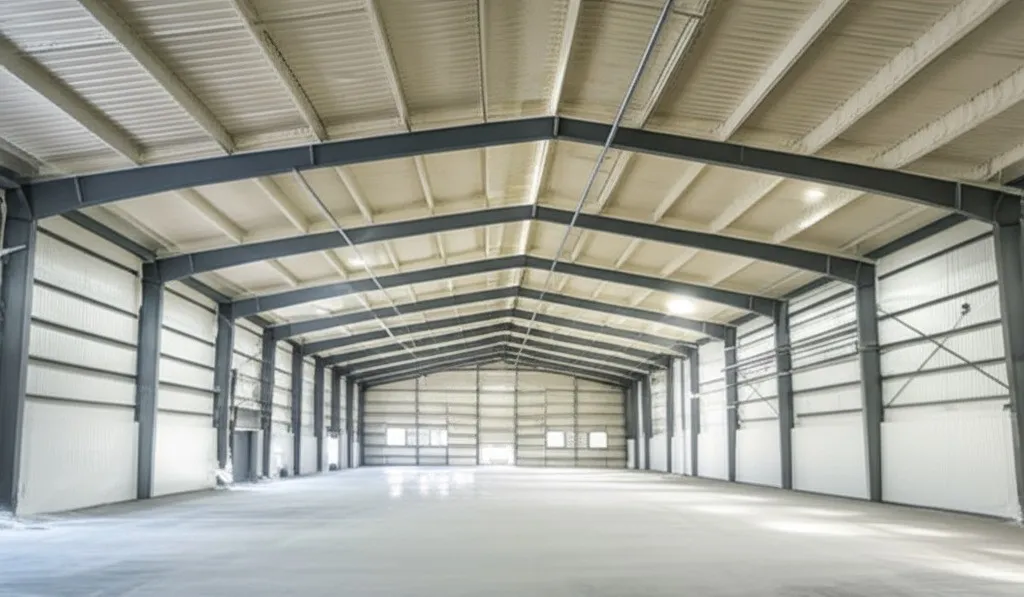
FAQs
What R‑value suits livestock barns best?
Choose R‑values based on local climate and building design. Colder regions usually need R‑15 to R‑30 in walls and ceilings to maintain stable indoor temperature and cut heating load.
Can insulation trap moisture and harm livestock?
Not if paired with proper ventilation. Insulation stops leaks and heat transfer; mechanical or natural airflow prevents condensation and mold in sealed spaces.
Does insulation help reduce pests or mold in barns?
Yes. Proper sealing eliminates entry points for rodents or insects, and helps stop damp, mold-prone surfaces from forming.
How long does barn insulation last?
High-quality rigid foam or spray insulation lasts decades under correct installation. Loose-fill or batts may settle or degrade and often need replacement after a decade or so.
Can insulation work be done while animals stay inside?
Work zones must be secured and ventilated. Large-scale spray foam installations may require temporary relocation. Small upgrades can proceed around animal zones under proper protection.
Author: Wil Perkins is the founder of Peninsula Insulation and a long‑time resident of Easton, Maryland. With a hands-on approach and nearly five years in the insulation business, Wil leads a team known for professional service and quality work. He’s committed to providing best Spray Foam Insulation solutions and lasting results for every project.
Explore More:
https://mdsprayfoam.net/spray-foam-insulation-salisbury-md/?utm_source=backlink





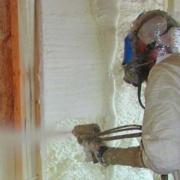


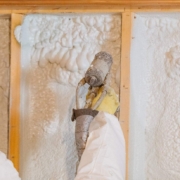
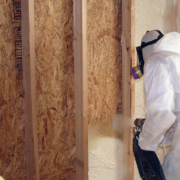
Leave a Reply
Want to join the discussion?Feel free to contribute!